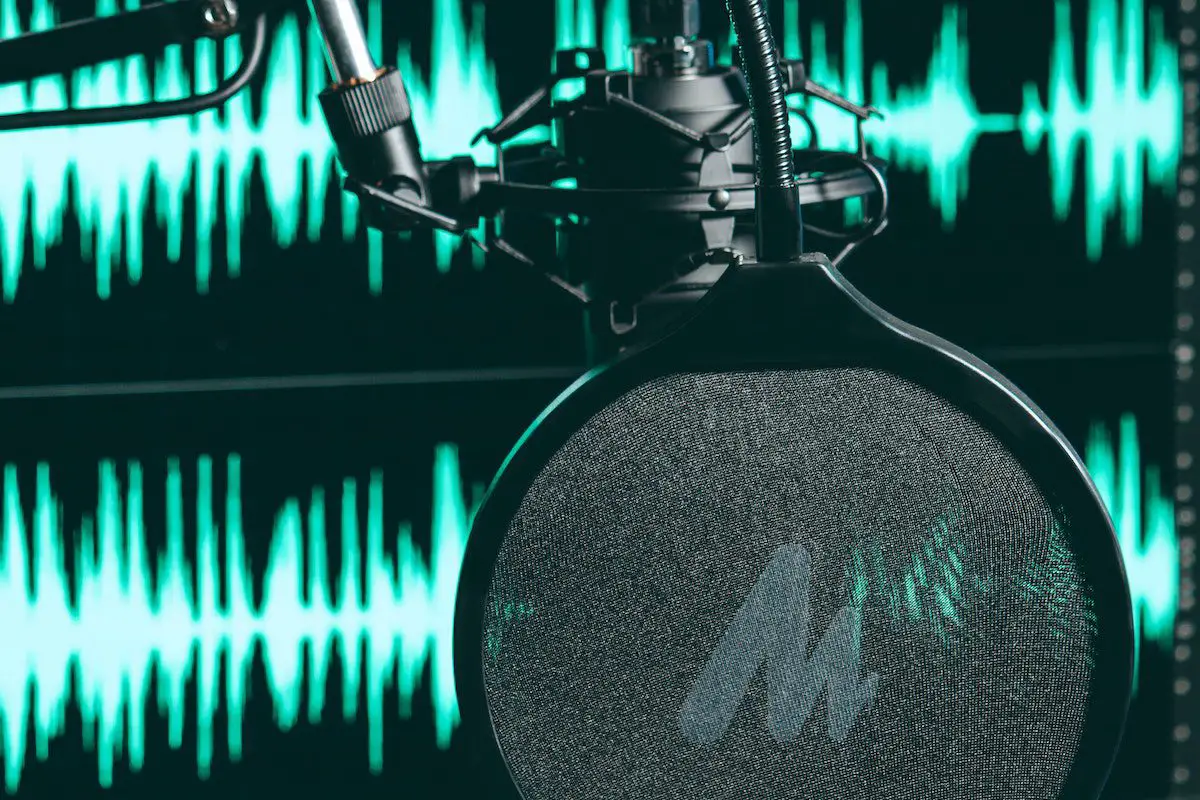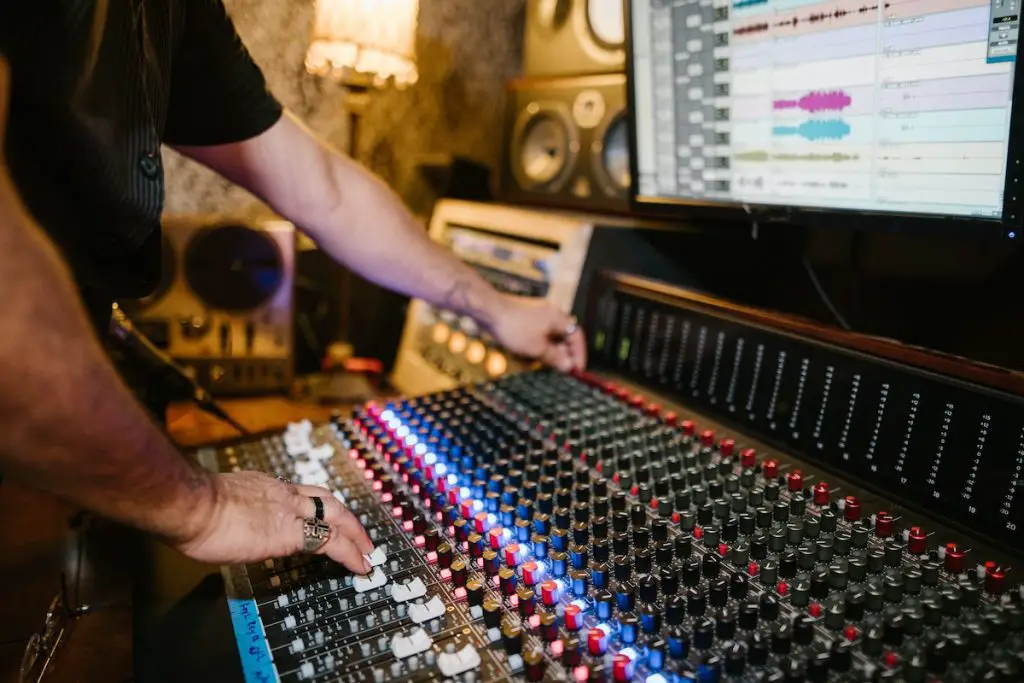Welcome, fellow audiophiles! Are you ready to embark on an adventure into the captivating world of audio effects? If you’ve ever wondered how to add that extra sprinkle of magic to your music or podcasts, you’re in for a treat. In this post, we’ll dive deep into the intricacies of the echo effect and discover how you can make it work wonders in your own creations.
From unraveling the basics of how it works to exploring its creative applications in music, podcasts, and beyond, we’ll leave no stone unturned. But that’s not all! We’ll also delve into the best practices to help you master the art of using the echo effect. So, whether you’re a newbie just dipping your toes into the world of audio production or a seasoned veteran looking to level up, this post is for you.
What is an echo effect? An echo effect is a type of audio effect that produces a repeating sound by reflecting the original sound waves back to the listener with a delay. It creates a sense of space and depth in audio recordings and is commonly used in music production, sound design, and broadcasting to add ambiance, depth, and interest to the audio content.
What is an echo effect?
An echo effect in audio refers to a specific type of audio processing that creates a repetition or reflection of a sound, mimicking the effect of sound waves bouncing off surfaces and returning to the listener’s ears with a delay. This effect has been used in music performance and recording since the 1950s and has become a popular tool in audio production to add depth, space, and texture to audio recordings.

One example of an echo effect is the Echoplex, which is a tape delay effect that was first introduced in 1959 and set a standard for the echo effect in the 1960s, widely used by notable guitar players. Another example is the “echo” shortcut effect in Audacity, which allows users to apply a very long regular delay to their tracks by changing the delay time and decay factor, resulting in a repeated and decaying echo effect.
AKAI Professional MPK Mini MK3

AKAI Professional MPK Mini MK3
How is echo used in audio?
The echo effect can be used creatively in music production to add unique textures and character to vocals, guitars, drums, and other instruments, creating a sense of spaciousness or enhancing certain musical elements. In some cases, the echo effect can be used to mimic the natural reverberation of a room or space, adding a sense of realism to the audio recording or production.
There are various ways to apply the echo effect, including using dedicated audio effects processors, digital audio workstations (DAWs), or plugins that offer echo or delay effects. The parameters of the echo effect, such as delay time, decay factor, and feedback, can be adjusted to achieve the desired sound and create different creative effects.
The echo effect has various creative applications in music production and audio engineering. Here are some examples:
1. Vocal delays
Echo can be used creatively in music production to create vocal delays, adding depth and spatialization to vocal tracks. By applying echo with different settings, such as delay time, feedback, and decay, musicians and producers can create unique and artistic vocal effects.
2. Instrumentation effects
Echo can also be applied to other instruments in music production, such as guitars, pianos, and drums, to create unique soundscapes and add a sense of space and ambiance to the recordings. This can be especially effective in creating atmospheric or experimental music genres.

3. Sound design
Echo can be used creatively in sound design for films, video games, and multimedia projects to add realistic or otherworldly sound effects. By manipulating the parameters of the echo effect, such as delay time, feedback, and filtering, sound designers can create unique and immersive auditory experiences, adding depth, movement, and dimension to sounds.
4. Experimental audio art
Echo can be used as a creative tool in experimental audio art and music, where artists can explore the possibilities of manipulating echoes to create unconventional and abstract soundscapes. This can involve layering multiple echoes, creating feedback loops, modulating delay time, and applying other audio processing techniques to achieve experimental and avant-garde sonic results.
What is the difference between echo and delay effects?
Echo and delay are often used interchangeably in music production, but there are subtle differences between them. The echo effect is a type of delay effect where the source signal is repeated with distinct repetitions that gradually decay over time, mimicking the sound of an acoustic echo.
On the other hand, delay effects refer to a broader range of time-based effects that manipulate the timing of a sound signal, including echo effects, but also other variations such as slapback delays, ping-pong delays, and more.
…delay plug-ins tend to be purely digital and use digital delay lines to create the desired effect.
In terms of plug-ins, delay plug-ins tend to be purely digital and use digital delay lines to create the desired effect. They offer a wide range of parameters that can be adjusted, such as delay time, feedback, and modulation, allowing for precise control over the timing and characteristics of the delayed signal.
Meanwhile, echo plug-ins may have unique parameters that are tailored specifically to recreate the characteristics of an acoustic echo, such as decay time, echo spacing, and saturation, aiming to replicate the natural sound of echoes in a real environment.
If you want even more tips and insights, watch this video called “How To Use Echo & Delay Sounds On Guitar [In Your Band]” from the That Pedal Show YouTube channel.
Conclusion
We’ve delved into the fascinating world of the echo effect, exploring how it adds depth and dimension to audio recordings, its applications in sound design, and how it’s achieved in music production. So, did I cover everything you wanted to know about this intriguing audio technique? Drop me a comment below and let me know. I’m always here to help!
For more tips, tricks, and insights on all things audio, be sure to check out my full blog. As we wrap up, let’s echo our appreciation for the wonders of audio production and keep creating soundscapes that truly resonate with our listeners. Thanks for joining me on this audio adventure, and until next time, stay tuned and stay groovy!
Key takeaways
This article covered the echo effect. Here are some key takeaways:
- The echo effect is a powerful audio technique that adds depth and dimension to recordings, commonly used in sound design and music production.
- Achieving the echo effect involves manipulating delay and feedback parameters to create distinct echoes or reverberations.
- Experimenting with different settings and techniques can yield unique and creative results in audio production.
- The echo effect can be applied to various genres of music and soundscapes to create a sense of space, depth, and immersion.















